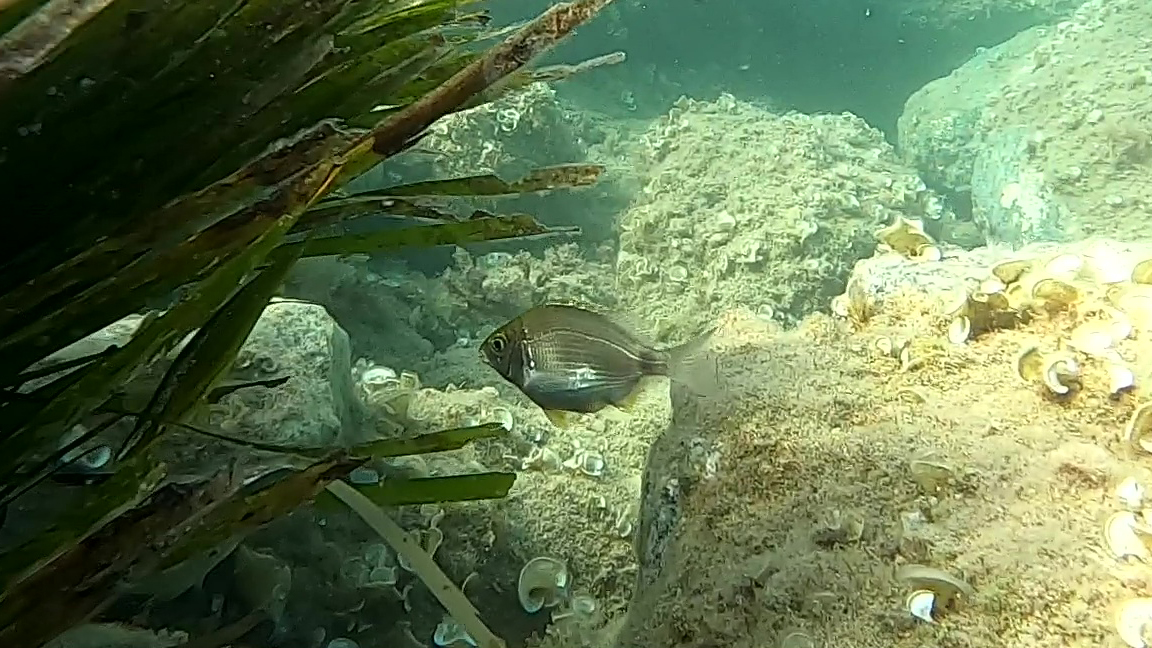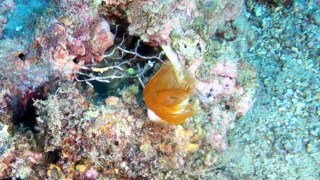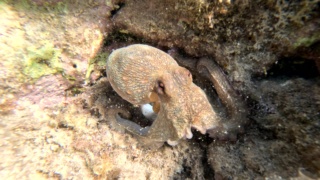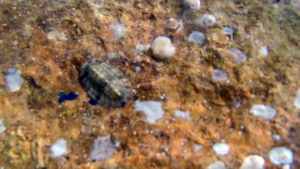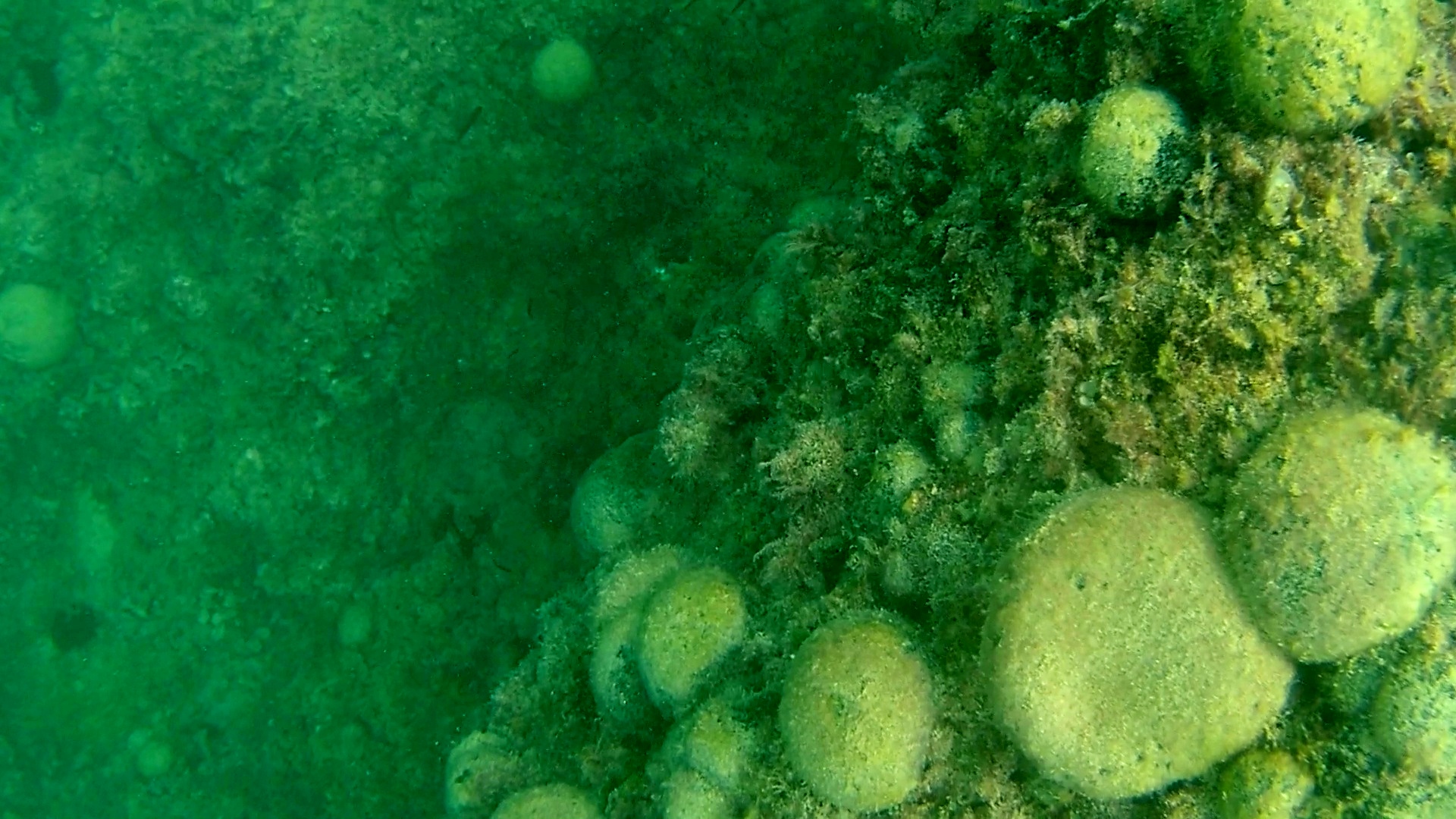
Codium Bursa, also known as the “Green Ball”, belongs to the class Ulvophyceae, to the order Codiales, family Codiaceae, species Codium Bursa. It is a green algae that is frequently found in the Mediterranean cliffs, starting from a few meters, up to a depth of 50 meters.Alga Palla Verde Codium Bursa Codiaceae intotheblue.it
It has a spherical shape that sometimes tends to get depressed and flatten at the center; it can reach dimensions that in some cases exceed 40 cm in diameter. Although it is hollow inside and easily compressible it is rough to the touch and is often confused with a sponge due to its consistency. Alga Palla Verde Codium Bursa Codiaceae intotheblue.it
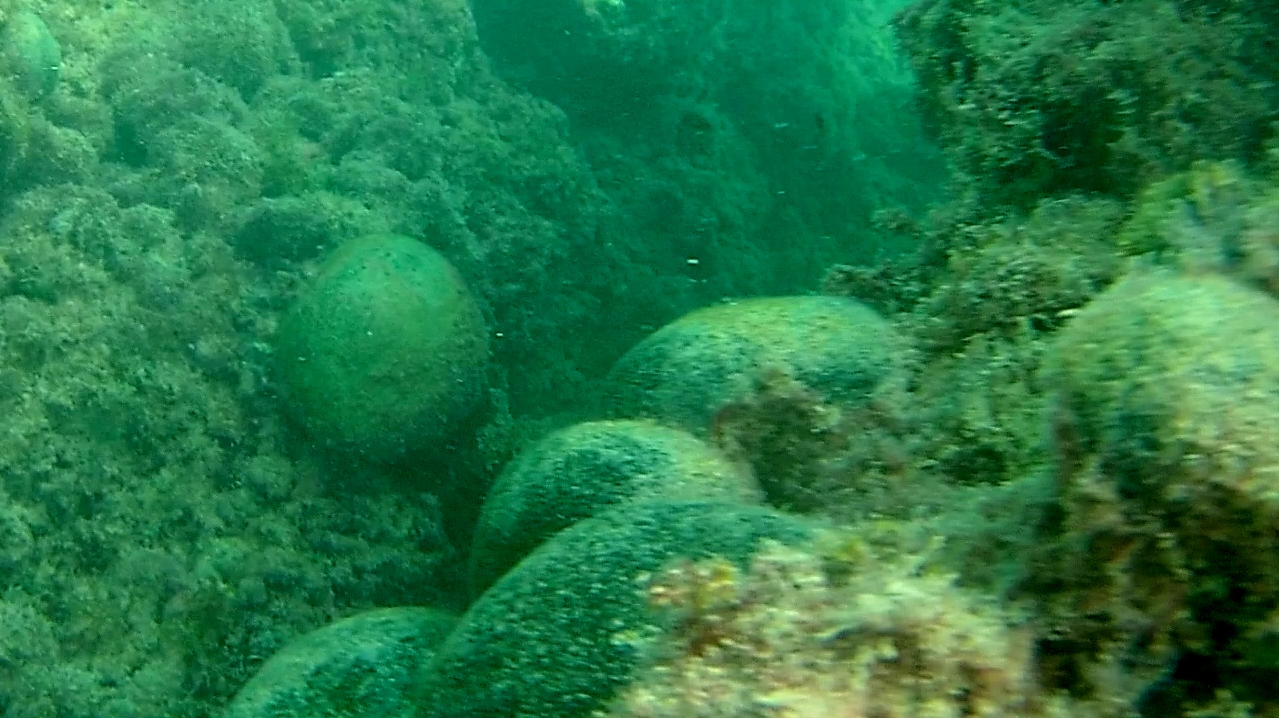
alga palla verde – seaweed green ball – codium bursa – intotheblue.it

alga palla verde – seaweed green ball – codium bursa – intotheblue.it
Algae an informal term for a large, diverse group of photosynthetic eukaryotic organism that are not necessarily closely related, and is thus polyphyletic. Included organisms range from unicellular microalgae, such as Chlorella and the diatoms, tomulticellular forms, such as the giant kelp, a large brown alga which may grow up to 50 m in length. Most are aquatic and autotrophic and lack many of the distinct cell and tissue types, such as stomata, xilem and phloem, which are found in land plants. The largest and most complex marine algae are called seaweeds.
Algae exhibit a wide range of reproductive strategies, from simple asexual cell division to complex forms of sexual reproduction.
Algae lack the various structures that characterize land plants, such as the phyllids (leaf-like structures) of bryophytes, rhizoids, in nonvascular plants, the roots, leaves, and other organs found in tracheophytes (vascular plants). Most are photrophic, although some are mixotrophic, deriving energy both from photosynthesis and uptake of organic carbon either by osmotrophy, myzotrophy, or phagotrophy. Some unicellular species of green algae, many golden algae, euglenids, dinoflagellates, and other algae have become hetrotrophs (also called colorless or apochlorotic algae), sometimes parasitic, relying entirely on external energy sources and have limited or no photosynthetic apparatus. Some other heterotrophic organisms, such as the apicomplexans, are also derived from cells whose ancestors possessed plastids, but are not traditionally considered as algae. Algae have photosynthetic machinery ultimately derived from cyanobacteria that produce oxygen as a by-product of photosynthesis.
Algae can be used as indicator organism to monitor pollution in various aquatic systems. In many cases, algal metabolism is sensitive to various pollutants. Due to this, the species composition of algal populations may shift in the presence of chemical pollutants.To detect these changes, algae can be sampled from the environment and maintained in laboratories with relative ease.
(extract from Wikipedia)
 English
English Italiano
Italiano
